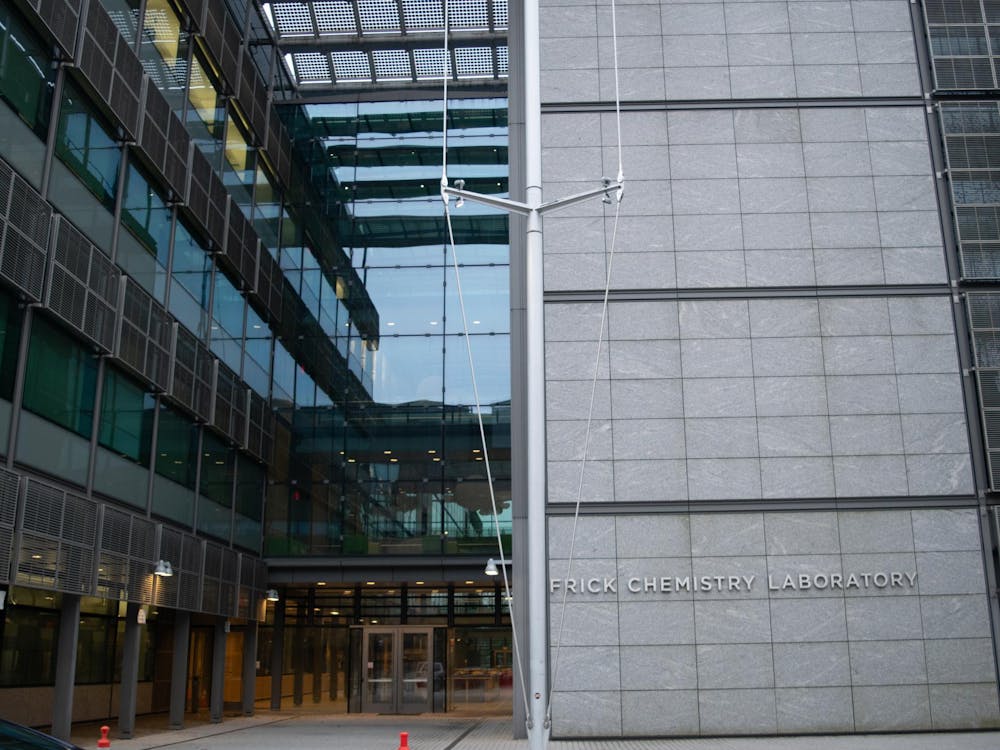The University launched an improved search function on its website Monday.
The search field covers both the main University web page and other University web properties, including departmental websites, the Research at Princeton website and the Alumni Association of Princeton University website. The new search function allows visitors to search not only by relevance of such criteria as headlines, people and events, but also by date, according to Assistant Vice President for Communications Daniel Day.
“It’s kind of a super-Google, if you will, in that it has all the advantages of speed and accuracy, and it’s tweaked to bring up results from the University sites, and it does it all very efficiently,” Day said.
The University has always had a Google-based search, but it had not been updated since the last website redesign in 2008, Day added. Specifically, the search engine has been switched from the Google search appliance to the Google site search, Day said.
The Google site search is a paid solution that offers the possibility for highly customized search solutions spanning a specific set of websites.
Since October, the Office of Communications and the Office of Information Technology have been collecting data and interviewing users, especially undergraduates, graduate students, faculty, staff, and alumni to begin plans to design the website.
Jay Dominick, vice president for information technology and chief information officer, deferred comment to Day.

To solicit community input, the Office of Communications has opened up a floor for more student involvement through focus groups and suggestion forms on their re-design blog, according to Winny Myat '18, Chief Designer of the University Student Government Communications Committee.
Myat is a former copy editor for the Daily Princetonian.
Myat also added that one of the biggest issues with the website in the past was its lack of user-friendliness, especially regarding navigation and searches.
"When any of us wanted to use the website, we'd end up just Googling it and clicking on the first thing that came up, as opposed to going on the website and actually using it. There was a disconnect between princeton.edu and anything that you had to do," Myat said.

“The recent search engine improvement was what we call an incremental improvement to the website," Jill Moraca, Senior Manager of OIT Web Development Services, explained.
In the coming months, OIT, the Office of Communication and another external partner agency, Digital Pulp of New York City, will progress from these incremental improvements to entirely re-designing the University website, Moraca said.
"Rather than waiting months for a whole new site, taking an incremental approach to improving it is beneficial so that end users don't have to wait for large bundles of enhancements to be released," she added.
By September, the team in charge of designing the website hopes to have prototypes ready for students, faculty, staff and other users to test and provide feedback on, Day added.
“The building won’t begin until we’re satisfied that a wide range of the community — and that certainly includes undergraduates and graduate students — have a good chance to analyze the work,” Day noted.







